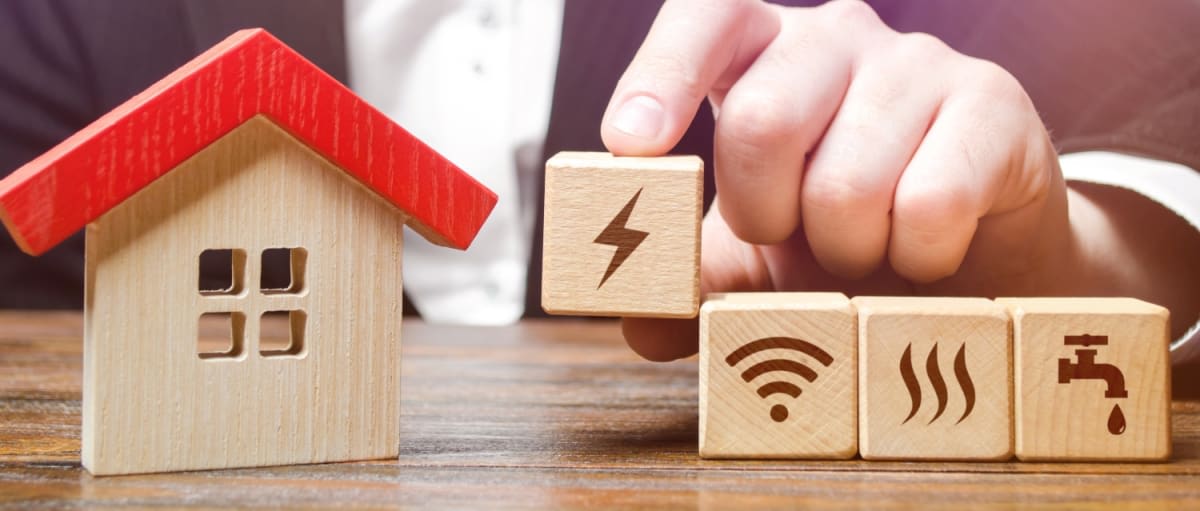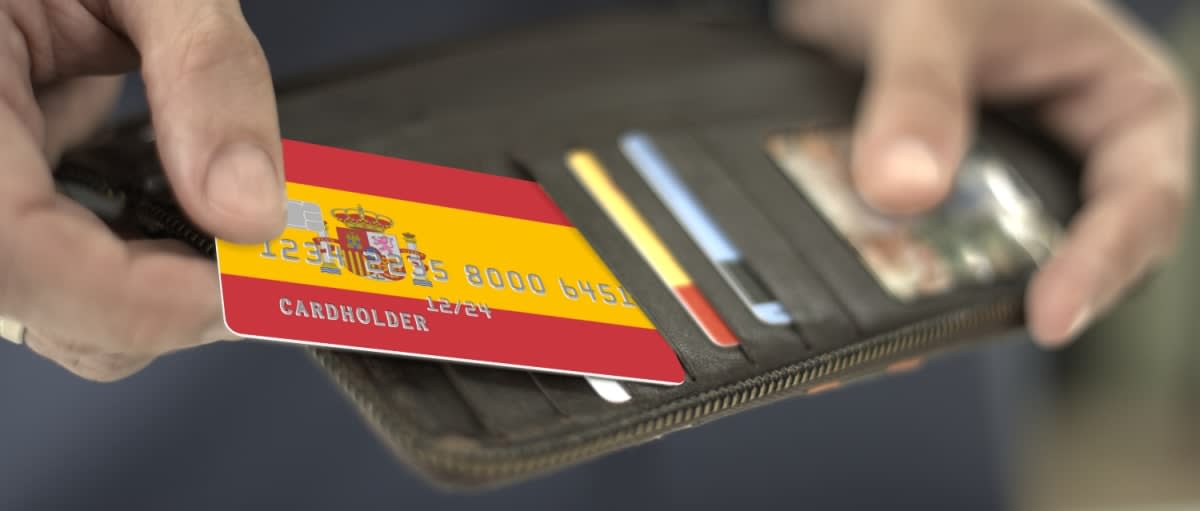You’ve found the perfect property and you’re mentally picking out paint colours. But before you sign anything, it’s vital that you ensure your property is legally secure and structurally sound. Here’s how to inspect a property in Spain the right way, with expert guidance to help you buy with confidence.
Before you commit to your dream home in Spain, make sure you understand what lies beneath the surface. Remember: You’re not just buying a view or a lifestyle; you’re taking on walls, wiring, roofs and regulations. That’s why carrying out proper inspections early in the process is essential. From uncovering hidden damp to confirming the seller’s legal right to sell, the right checks can protect you from costly surprises.
In this guide, we’ll walk you through every part of the inspection process – with expert tips, a downloadable buying guide and a handy checklist.
Download the Spain Buying Guide
Contents
What your lawyer should check before you pay a deposit
In Spain, property purchases are formalised at the notary office – but that doesn’t mean the legal legwork is covered for you. Before you even consider paying a deposit, your lawyer should carry out due diligence on the property. This includes:
- Verifying that the seller has legal ownership
- Ensuring the property is debt-free and has no unpaid taxes or utility bills
- Confirming the land and building are registered correctly
- Checking for legal restrictions – like protected status or usage limitations
If you’re planning on installing a pool, renting out your home or renovating, legal due diligence is especially important. A lawyer experienced in Spanish property law will make sure your plans are feasible and legally compliant.
Speak to a Spain property expert
Why a structural survey is worth the extra cost
Although not legally required, a structural survey can save you thousands of euros – and countless headaches. This professional assessment of a home’s physical condition reveals hidden defects like damp, cracks or faulty wiring that might not be obvious at first glance.
Even if the property seems in good shape, a survey gives you negotiating power. If problems are identified, you may be able to:
- Ask the seller to fix issues before completion
- Negotiate a lower purchase price to reflect repair costs
Some issues may be tricky to fully assess – such as plumbing behind walls or structural integrity of inaccessible areas like roofs or crawl spaces. Still, a qualified surveyor will highlight areas of concern and guide your decision.
Finding a trusted surveyor

The best way to ensure an impartial and professional report is to hire a member of the Royal Institution of Chartered Surveyors (RICS). Look for these qualifications:
- MRICS – Member of RICS
- FRICS – Fellow of RICS
- AssocRICS – Associate, typically a technical surveyor
Many RICS surveyors working in Spain are British and can provide reports in English. Your lawyer or estate agent may have trusted contacts, but ensure the professional is independent and experienced with international buyers.
Some buyers opt for a local architect or builder to carry out checks. While they may spot visible issues, they won’t have the same authority or neutrality in a negotiation as a RICS-accredited surveyor.
Structural and technical inspections
In Spain, there are generally two types of property inspections:
Structural inspections
These examine the integrity of the building itself. The surveyor will assess:
- Roof condition, including tiles, beams and gutters
- Walls and foundations for cracks, damp or signs of subsidence
- Window and door frames
- Joists and crawl spaces, where accessible
- Infestation by pests such as termites or signs of dry rot
Technical inspections
These cover the property’s functional systems:
- Electrical wiring and circuit panels
- Plumbing and drainage
- Heating and air-conditioning systems
- Smoke and carbon monoxide detectors (which should be hard-wired)
A thorough technical inspection helps you avoid surprise repairs and brings peace of mind about the day-to-day livability of your future home.
How to read and act on your inspection report
After the inspection, your surveyor will provide a written report. This document will be key for both negotiation and peace of mind. It should cover:
- Identified problems and how serious they are
- Recommendations for repair or further specialist investigation
- Advice on which issues are urgent, cosmetic or structural
The best reports are easy to understand and practical, outlining possible remedies that you can pass on to a contractor. This allows you to factor in renovation costs and confidently decide whether to proceed with the purchase.
Search homes for sale in Spain
Property inspection checklist
| Inspection area | What to check | Why it matters |
|---|---|---|
| Legal ownership | Registered owner, debts, building permissions | Ensures you’re buying a clear, legal title |
| Structural integrity | Cracks, damp, roof condition | Reveals hidden damage or long-term risks |
| Utilities | Electrical, plumbing, heating systems | Checks safety and habitability |
| Pests and rot | Signs of vermin, termites or fungi | Protects against infestations and future damage |
| Report clarity | Clear summary and repair advice | Supports price negotiation and planning |
FAQs about property surveys in Spain
The cost of a structural survey in Spain usually ranges from €400 to €900, depending on the size and location of the property. Larger or rural homes may cost more to assess. While not legally required, it’s a small price to pay for peace of mind and can save you thousands by revealing hidden problems.
Look for a surveyor accredited by the Royal Institution of Chartered Surveyors (RICS). This guarantees a professional, impartial service – and many RICS-accredited surveyors working in Spain are fluent in English. Your lawyer or estate agent may also be able to recommend trusted contacts, but always confirm the surveyor is truly independent.
A formal valuation is often arranged through your mortgage provider if you’re financing the purchase. You can also hire an independent RICS surveyor or a licensed valuer to carry one out. Valuations are based on local market data, recent sales and the property’s condition – and they can help guide your offer or support financing.
You might also like:








